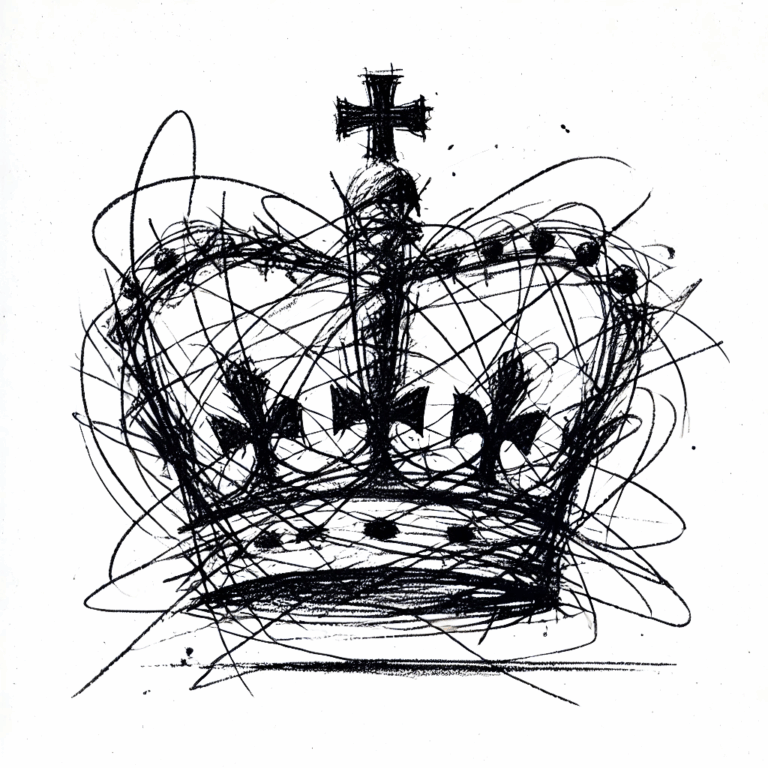Separation of Powers
Separation of Powers
One of the mechanisms in place for supporting and maintaining the Rule of Law is the separation of powers.
Government power is separated into three branches: legislative, executive and judicial.
The separation of powers aims to limit abusive exercises of power by a single branch, especially the executive.
Instructions
Click on (+) to learn more about each branch.

The Monarch of Canada
The Monarch of Canada serves as the country’s head of state, playing a primarily ceremonial and symbolic role across all three branches of government. At the federal level, the Monarch is represented by the Governor General; in the provinces, by the Lieutenant Governors. In the legislative branch, the Monarch gives Royal Assent to laws passed by Parliament and the provincial legislatures, thereby formalizing their enactment. In the executive and judicial branches, the Monarch formally appoints the Prime Minister, Cabinet ministers, and judges. These functions are carried out on the advice of elected officials and in accordance with constitutional conventions.
Explore how laws and regulations are made
Discover our docu-course on the legislative and regulatory process in Canada delivered by uOttawa’s Professional Development Institute.

